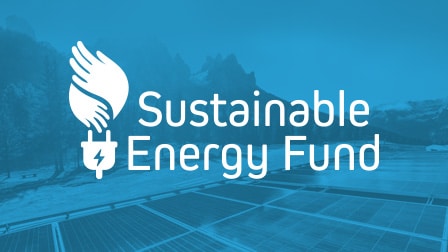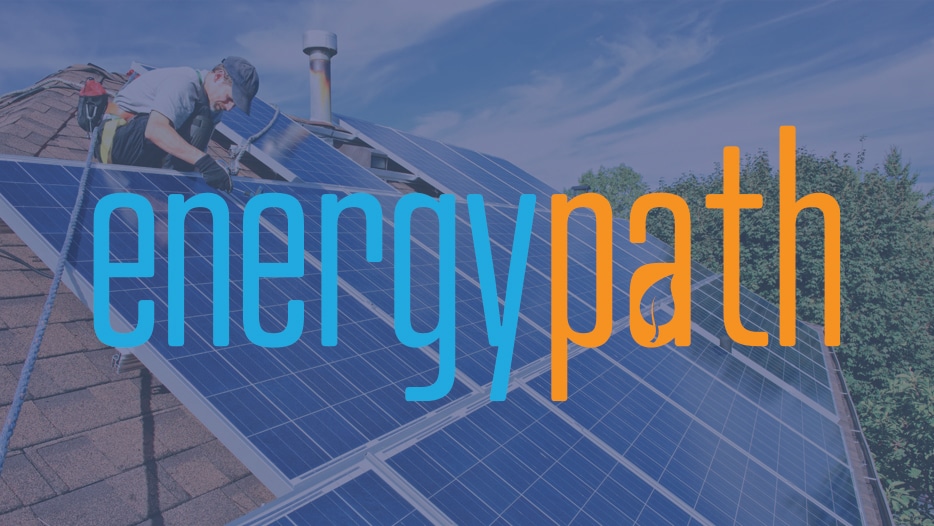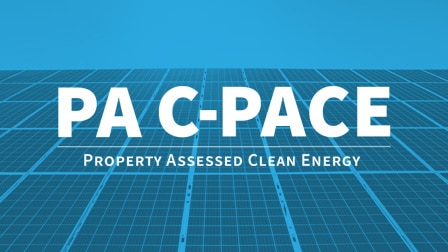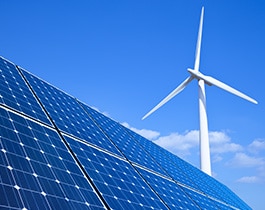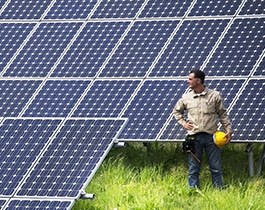SCHNECKSVILLE, PA., June 3, 2025—Sustainable Energy Fund (SEF) has announced the Family Promise of Carbon County...
» Read MorePennsylvania’s Slow and Steady Climb up the Energy Efficiency Ladder
Earlier this year, the American Council for an Energy-Efficient Economy (ACEEE) released their annual State Energy Efficiency Scorecard, which takes a look at state’s policy and strategies that increase energy efficiency. The Scorecard ranks states based on six different policy areas:
- Utility and public benefits programs and policies
- Transportation policies
- Building energy codes and compliance
- Combined heat and power (CHP) policies
- State government-led initiatives around energy efficiency
- Appliance and equipment standards
ACEE found that states overall are investing more in energy efficiency despite the federal government loosening environmental regulations. Collectively, states invested about $8 billion in energy efficiency, which equated to just over a 7% increase in energy savings. It may not sound like much, but it’s enough to power approximately 2.5 million U.S. homes a year.
Currently, Massachusetts and California are leading the charge in energy efficiency programs as they continue to maintain their hold on the top two slots. Pennsylvania may have a long way to go to compete with the top states but has placed steadily in the top twenty the last couple of years. Surprisingly, Pennsylvania tied with New Jersey for 18th place with a total score of 21.5 points for each state. In 2019, PA will have to compete head to head with New Jersey so the state continues to move up the ladder. New Jersey moved up five spots to share the space with PA by setting annual energy savings targets and rejoining the Regional Greenhouse Initiative. PA’s jump wasn’t as dramatic, but we’re steadily moving up the energy efficiency ladder each year due to incremental policy changes.
In 2018, Pennsylvania adopted the 2015 International Energy Conservation Code (IECC), which has the potential to increase energy efficiency by approximately 30% in new commercial buildings. Pennsylvania was also the 34th state to enable Commercial Property Assessed Clean Energy (C-PACE) financing, which will allow building owners to finance energy retrofits through their property tax assessment. This is a great program designed to overcome the financial barriers associated with sustainable energy upgrades. Prior to 2018, Pennsylvania was making headway in the energy efficiency world through the implementation of the Act 129 program, updating emissions standards for the transportation sector and by developing programs and policies designed to help low-income energy users overcome the cost associated with electricity. Pennsylvania has a lot of opportunities to increase energy efficiency standards and, fortunately for us, slow and steady wins the race. We’re making headway year after year thanks to great organizations such as KEEA and ACEEE that are committed to advancing energy efficiency policies.
I appreciate that ACEEE recognizes energy efficiency as an electricity resource because energy efficiency lays down the ground work for a sustainable energy future. According to ACEEE, it provides a low-cost way to meet energy users’ energy demand, but also a way to improve the quality of the air and water, as well as the overall health and comfort of our communities. I can stand behind those sentiments because of the ever-important role energy efficiency plays in advancing sustainable energy throughout Pennsylvania and beyond.
Photo credit goes to the American Council for an Energy-Efficient Economy.
